This picturesque Tasmanian rail route is a family-friendly activity not to be missed. With vision from West Coast Wilderness Railway
Strahan is not a place you arrive at by accident. Even today, getting to this tranquil harbourside village on Tasmania's west coast requires something of a journey: a drive of about four hours if you are coming from Launceston, five from Hobart. And that's with the benefit of modern roads skirting the dense rainforest that cloaks most of the surrounding area.
So you have to hand it to the people who flocked to Strahan in the 1880s: they were pretty intrepid. Of course, in the delirium of the Gold Rush days, it was not unusual for people to travel vast distances in the hope of striking it rich. Most of those who came to make their fortune left disappointed. Bowes Kelly was the exception, but then he had one advantage most of the other prospectors lacked: he was already rich.
Kelly had made his first fortune when he bought a share in the mining syndicate that was to become BHP. Hoping for a repeat performance, he had soil samples from the lands around Strahan analysed, and discovered rich copper traces. Together with his partner, he promptly bought up all the land he could get his hands on, and opened what was to become Australia's biggest copper mine.
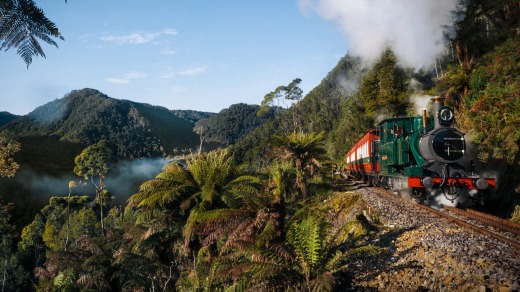
Kelly's new venture faced one major difficulty: the problem of getting the copper from the mine at Queenstown down to the port at Strahan. A railway was the obvious solution: but could any railway traverse that wild landscape with its steep mountains, broad rivers and gorges, and dense, ancient forest? Kelly insisted it could be done.
He turned out to be right. The rail line that he laid still exists. Today, visitors board the West Coast Wilderness Railway, with its green locomotive and its red carriages gleaming, for a unique rainforest experience. As they travel through the dense forest – sometimes overshadowed by steep slopes, other times travelling high above river valleys – they also get an insight into the prodigious challenges required to carve this passage through the ancient forest.
It is difficult for us to imagine the sheer amount of backbreaking labour involved. At one stage, Kelly's Mount Lyell Mining and Railway Co employed more than 2000 axemen, who felled countless trees. The timber was used in the mine and in the town that sprung up around it. It provided the raw material not just for the railway sleepers, but also for the boats and the wharves from which they sailed.
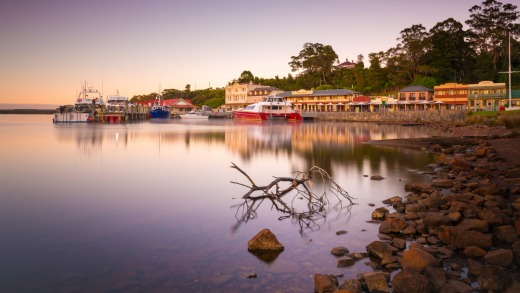
The hard, unrelenting work was made even more miserable by the weather. The mean annual rainfall in this part of Tasmania is about a metre and a half. As wet wood doesn't burn, workers often had no campfires at which to warm themselves after a hard day's work. They spent damp, chilly nights in their rudimentary accommodation, often nothing more than a hole in the ground with a piece of canvas pulled over the top. Tired of sloshing around with their shoes full of water, many of them cut holes in their soles to let the rain out. Unfortunately, that also let the leeches in.
The search for a rail system that could cope with these gradients seemed doomed, until the mine's owners came across a pamphlet describing the work of Swiss engineer, Dr Roman Abt, who had used a rack system on the Harzbahn in Germany. Abt's railway had a third rail, consisting of solid bars with vertical teeth; small cogwheels under the locomotive engaged with the teeth on the rail. For lack of other alternatives, the mine owners took a chance on the new technology. Fortunately, it delivered everything it promised.
The project was a success, but an expensive one. By the time the railway opened in 1897, the Mount Lyell Mining and Railway Company had spent a total of 230,000 pounds expenses on construction costs, locomotives and rolling stock: a sum equivalent to half the Tasmanian government's entire expenditure on infrastructure.
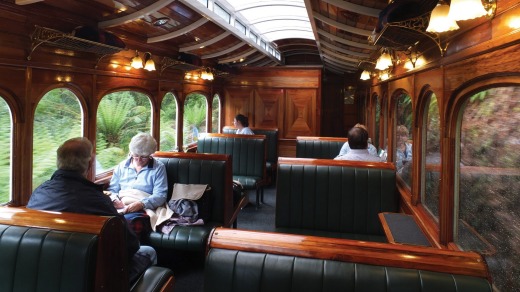
As it turned out, the railway did more than just ferry copper to the port. Given the grim conditions around Queenstown at the time – sulphur fumes from the mine had killed plants for miles around – workers would use the railway to take their families on picnics into the woods, so their children had the opportunity to see what trees looked like.
With no roads into the area until 1932, the railway remained the locals' lifeline. Ultimately, however, rising maintenance costs led to trucks replacing trains being as the transport of choice.
Calls for the revival of the railway gained momentum once the mine closed in the 1990. Restoration work began in 1999, and took three years to complete. In addition to clearing the overgrown tracks, which had been damaged by landslips and floods, a number of bridges had been destroyed by bushfire, or in some cases had simply rotted away. Forty bridges had to be reconstructed or replaced.
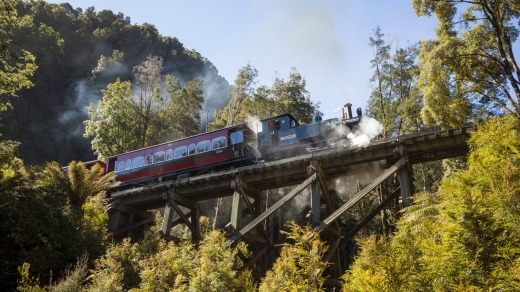
Astonishingly, one of the most authentic elements of today's railway is the locomotives which draw the trains. Of five original locomotives, three are used on the line. One locomotive was scrapped back in the 1960s; the fifth is in a museum in Hobart.
The West Coast Wilderness Railway runs two half-day itineraries, one which starts and ends in Strahan, the other which starts and ends in Queenstown. Both itineraries include stops along the way, offering guests the chance to take a short walk through the forest, or try some local activities.
discovertasmania.com.au
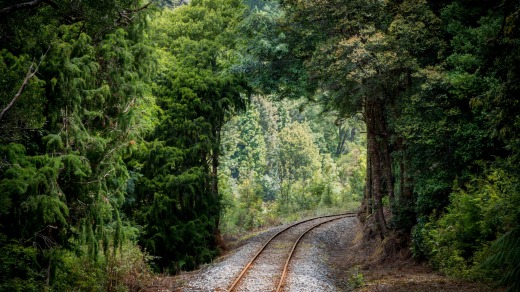
wcwr.com.au
Strahan is a four-hour drive from Launceston, or five hours from Hobart. Virgin Airlines flies daily from Sydney and Melbourne to Hobart and Launceston. See virginaustralia.com.au
The waterfront Risby Cove has the best restaurant in Strahan, as well as comfortable one- and two-bedroom suites. Rates start from $245 a room per night for a one-bedroom suite. See risbycove.com.au.
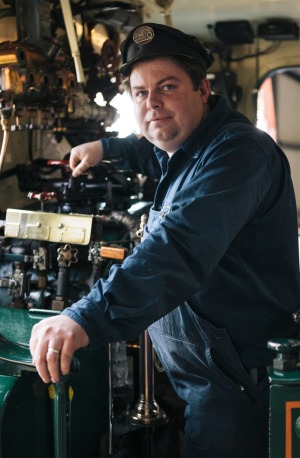
Rates for the half-day tour are $99 for adults and $45 for children, with a family pass available at $230. Guests can also opt for the Wilderness Carriage experience, which includes either morning tea and a light lunch, or a full high tea. Wilderness Carriage rates start at $160 for adults or $90 for children. See wcwr.com.au.